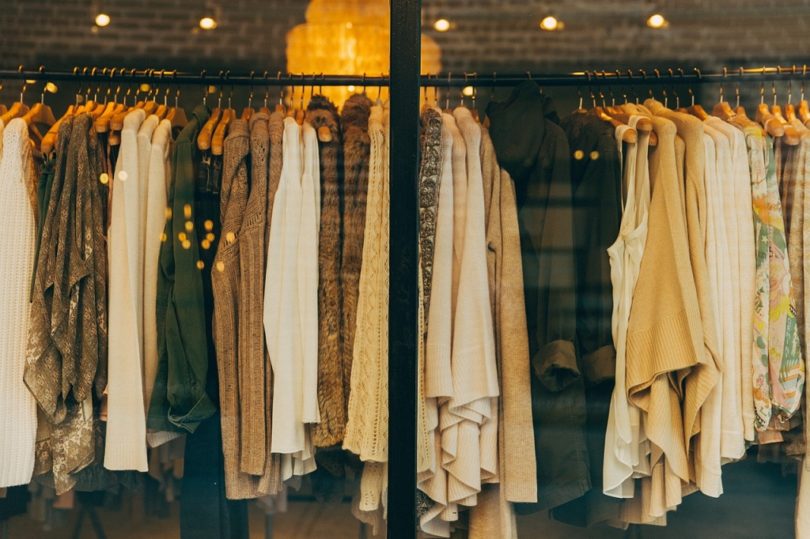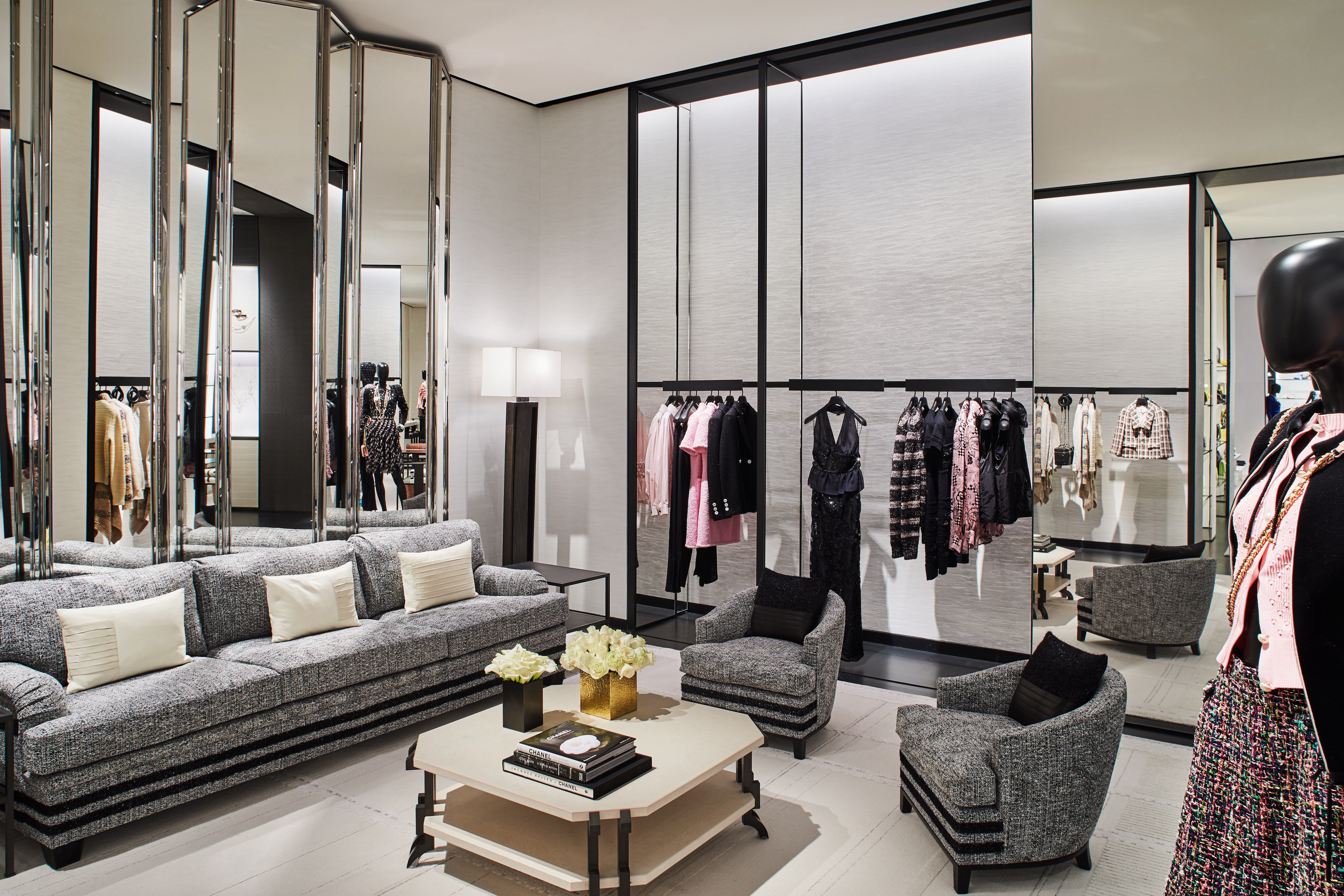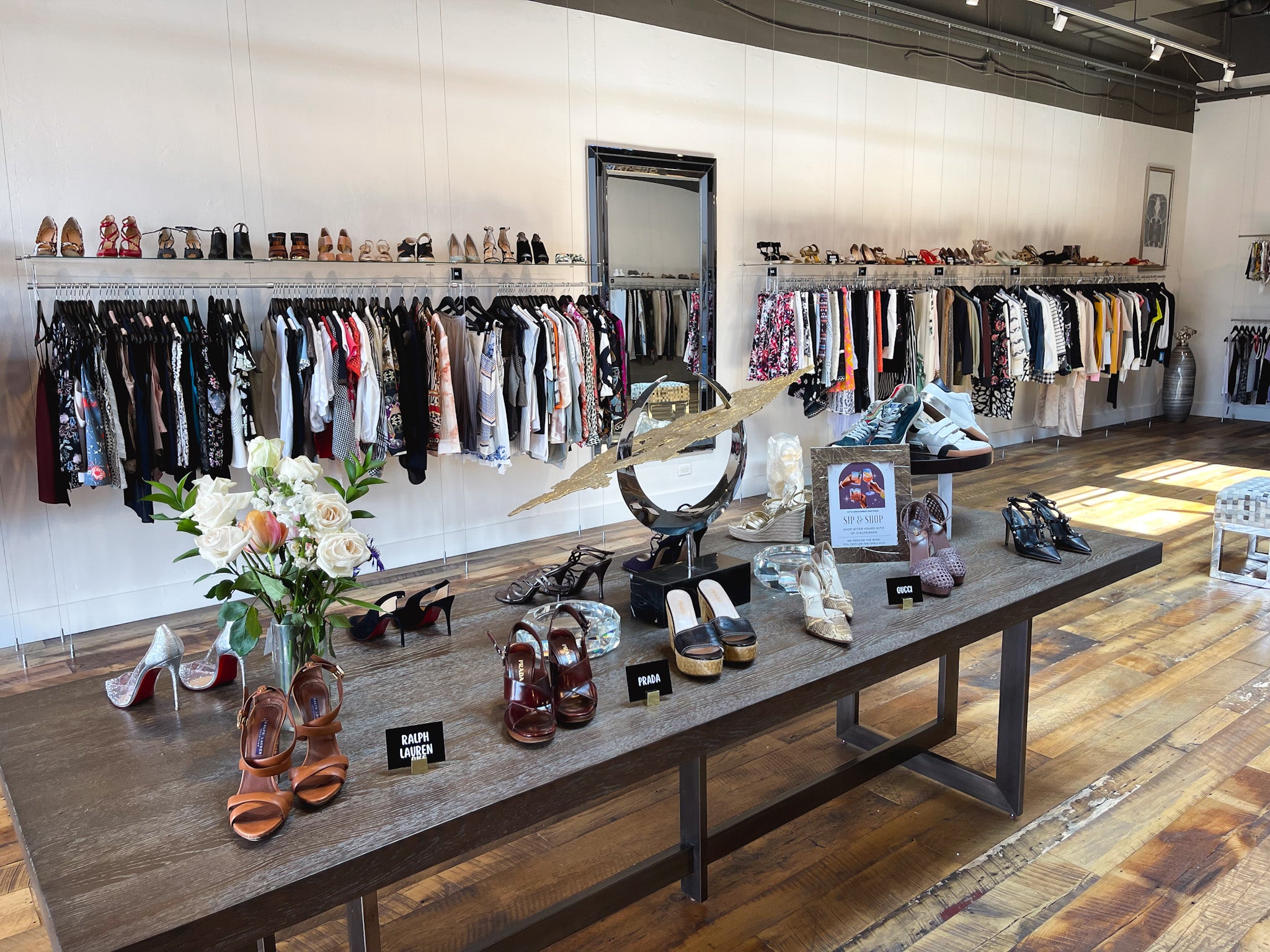The Influence of Social Media on Today's Boutique Fashion Trends
The Influence of Social Media on Today's Boutique Fashion Trends
Blog Article
A Deep Dive Into the Globe of High-Fashion Runways: Comprehending Garments as Art
Developers, much like skillful musicians, weave elaborate stories via shade, material, and kind, testing typical standards and redefining appeal standards. As we check out these sartorial eyeglasses, we must ponder: what duty does style play in forming social values, and how does it reflect the ever-changing tapestry of human emotion and identification?
The Evolution of Runway Shows
The trajectory of path programs has actually transformed substantially over the years, advancing from exclusive sector occasions to captivating eyeglasses that mix fashion with art. Typically, runway programs made love events, held in ateliers or small places, mainly attended by purchasers and sector insiders. These very early presentations concentrated on the garments' craftsmanship and industrial stability, offering a straight and practical display of seasonal collections.
As the fashion industry expanded, the nature of runway programs began to alter. The 1970s and 1980s noted a turning factor, with designers looking for to differentiate themselves through even more staged discussions.
In the last few years, technology and social media sites have additionally reinvented path programs, making them accessible to a global target market. Livestreaming and electronic systems have actually equalized style, permitting enthusiasts worldwide to witness these events in real-time (boutique fashion). This evolution shows a broader social shift, where high-fashion paths work as a dynamic junction of performance, advancement, and style
Designers as Enthusiast Artists
Exactly how have developers transcended their duties to become visionary musicians? Developers in the high-fashion market have obscured the lines between functional garment production and the conceptual realm of art. This change is apparent in the means they approach their collections, not just as garments but as extensive expressions of feeling, identification, and society. By welcoming artistic techniques such as sculpture, painting, and avant-garde setups, developers craft garments that challenge traditional style norms and elevate them to art kinds.
Visionary developers draw motivation from a myriad of sources, including abstract art, historic referrals, and individual stories. They have a special capability to visualize and materialize ideas that push the borders of traditional fashion, typically redefining visual paradigms while doing so. This innovative ingenuity is showcased with dramatic shapes, innovative products, and elaborate craftsmanship, which welcome customers to experience fashion as more than simply wearable items.
Furthermore, the path offers as a canvas for these artists, where illumination, songs, and established design coalesce to develop immersive experiences. These discussions are not merely display screens of apparel however are managed efficiencies that stimulate feeling and provoke idea, verifying the developer's duty as a real artist in the contemporary social landscape.
Social Impacts in vogue
Cultural tapestry weaves its intricate patterns right into the material of fashion, affecting developers worldwide. The dynamic interchange of cultural stories, traditions, and icons notifies and influences collections that grace high-fashion paths. Designers meticulously attract from their heritage or involve with societies unique from their own, crafting garments that act as visual narratives. This social discussion not just improves the visual variety yet likewise promotes a deeper understanding and admiration of global identities.
The influence of culture on fashion is commonly seen in the reinterpretation of conventional garments and patterns. As an example, the usage of Japanese robes, Indian saris, or African prints in modern style reflects a mix of cultural authenticity and contemporary looks. Designers such as Valentino's Pierpaolo Piccioli and Alexander McQueen's Sarah Burton have actually been known to incorporate rich cultural concepts into their couture collections, equating background into wearable art.

Technology in Material and Style
Technology in material and style constantly improves the landscape of high-fashion, pushing limits and redefining possibilities. Developers are significantly discovering the integration of innovation, such as 3D printing, which allows for the development of complicated structures that were formerly inconceivable.
The style industry is witnessing a rise in the use of environment-friendly products, obtained from recycled plastics, organic fibers, and even eco-friendly components. Developers are accepting these products to craft garments that are both conscious and visually striking of their environmental impact.
In regards to style, speculative types and avant-garde shapes are continually reinventing the path. By incorporating non-traditional products and sophisticated methods, developers grow garments that obscure the line in between style and art, setting new requirements for creative thinking and expression in the high-fashion round.
Influence of Style on Culture
Style possesses a profound impact on culture, serving as both a representation of cultural identification and a you can try this out driver for social adjustment. With its evolution, fashion has actually mirrored societal shifts, enveloping the zeitgeist Discover More Here of numerous eras. The flapper dresses of the 1920s embodied a newly found sense of females's liberation, while the strong prints of the 1960s echoed the revolutionary spirit of the time. High-fashion paths, particularly, function as systems for challenging norms and redefining charm standards. Developers use these places to address pushing social problems, from sustainability to variety, thereby forming public discourse.
In addition, style has the power to bridge cultural gaps, fostering understanding and recognition amongst varied groups. As globalisation accelerates, the cross-cultural exchange of fashion concepts comes to be increasingly considerable, advertising inclusivity and variety. The surge of streetwear, originating from city subcultures, illustrates how style can transcend socio-economic boundaries, providing individuals a method of self-expression and empowerment.
Basically, fashion is not simply about appearances; it is a dynamic force that influences worths, perspectives, and social progress (boutique fashion). By continuously interacting with cultural and social currents, style remains an integral part of the collective human experience

Conclusion
Designers, similar to visionary musicians, coordinate collections that show identity, feeling, and social narratives, challenging standard aesthetic appeals. This intersection of fashion and artistry not just mesmerizes target markets worldwide however also influences societal assumptions and advertises a deeper appreciation for cultural variety.

Cultural tapestry weaves its intricate patterns right into the material of style, affecting developers globally.Fashion wields an extensive influence on culture, offering as both a representation of social identification and a driver for social adjustment.
Report this page